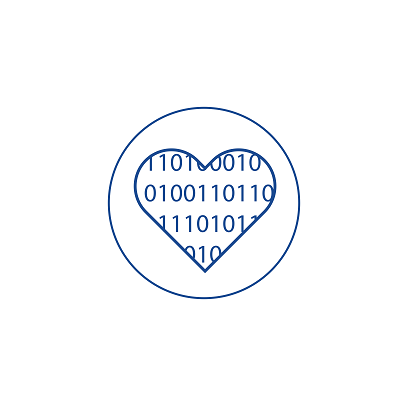Start - Wydarzenia

Zaproszenie na seminarium POB-1
Szanowni Państwo,
Czas szybko płynie, niedawno spotykaliśmy się by posłuchać wykładu o uczeniu federacyjnym i bezpieczeństwie danych, tym razem zapraszam Państwa na wykład o kwantowej biopsji. W najbliższą środę, 26 listopada o godz. 16:00, Pan Prof. dr hab. Paweł Moskal, z Instytutu Fizyki Uniwersytetu Jagiellońskiego, przedstawi nam wykład o najnowszym systemie obrazowania medycznego - pozytonowej tomografii emisyjnej. Prof. Moskal na swoje badania uzyskał w tym roku prestiżowy grant ERC, umożliwiający mu zweryfikowanie możliwości wykorzystania pomiaru stopnia splątania kwantowego fotonów anihilacyjnych do oceny natlenienia tkanek co pozwoliłoby na nieinwazyjną ocenę złośliwości zmian nowotworowych.
Z dorobkiem naukowym Pana Profesora zapoznać się można https://scholar.google.com/citations?user=ohJjQHgAAAAJ&hl=pl . Link do spotkania poniżej.
Zapraszam serdecznie
Joanna Polańska
Link:
Join the meeting https://polsl-pl.zoom.us/j/97145629531?pwd=OinCUE9a3balpmHNkaxn4uQ0Fsi4C7.1
Meeting identifier: 971 4562 9531
Access code: 480445
First Positronium and Quantum Entanglement Imaging of humans with J-PET
- Moskal1,2*
1Institute of Physics, Jagiellonian University, Cracow, Poland
2Center for Theranostics, Jagiellonian University, Cracow, Poland
Jagiellonian-PET (J-PET) is a novel, cost-effective positron emission tomography technology based on plastic scintillators [1,2]. The J-PET system constructed at the Jagiellonian University is the first multi-photon PET scanner [3] capable of measuring momentum vectors and the orientation of polarization planes of photons originating from positronium decays [4]. Positronium imaging is a newly invented method for imaging the properties of positronium in living organisms [5,6,7,8]. Quantum Entanglement Imaging is a method enabling the imaging the degree of the entanglement of annihilation photons [9].
We will present the first-ever images of the properties of positronium in humans [8], the first multi-photon images from the decays of positronium atoms into three photons [3], and the first observation of non-maximal entanglement of photons from positronium annihilation in matter [9]. We will discuss the status of the development of (i) positronium imaging and (ii) degree of quantum entanglement imaging as possible diagnostic biomarkers of tissue pathology [10] and biomarkers of hypoxia [11].
References
[1] P. Moskal, E. Ł. Stępień, PET Clinics 15, 439 (2020).
[2] P. Moskal et al., Phys. Med. Biol. 66, 175015 (2021).
[3] P. Moskal et al., Nature Communication 12, 5658 (2021).
[4] P. Moskal et al., Nature Communication 15, 79 (2024).
[5] P. Moskal, Positronium Imaging, IEEE NSS MIC 2018, 10.1109/NSSMIC.2018.8824622
[6] P. Moskal, E. Ł. Stępień et al., Nature Reviews Physics 1, 527 (2019).
[7] P. Moskal et al., Science Advances 7, eabh4394 (2021).
[8] P. Moskal, …, E. Ł. Stępień, Science Advances 10, eadp2890 (2024).
[9] P. Moskal et al., Science Advances 11, eads3046 (2025).
[10] P. Moskal, …, E. Ł. Stępień, EJNMMI Phys. 10, 22 (2023).
[11] P. Moskal, E. Ł. Stepień, Bio-Algorithms and Med-Systems 17, 311 (2021).














